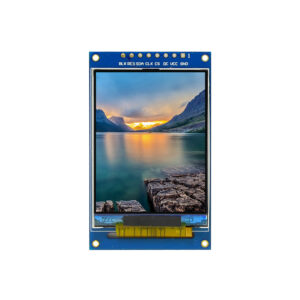
Stora saker i affärer görs aldrig av en person. De är gjorda av ett team av människor. Vi har den där dynamiska gruppen av folk
This article explores how to connect an LCD skärm till a Raspberry Pi using an HDMI förarbräda, essentially turning your single-board computer into a miniature HDMI display screen. Whether you’re looking to create a custom visa for a project, build a portable gaming system, or simply repurpose an old laptop screen, this guide provides a comprehensive overview of the process. It’s worth reading because it breaks down the technical jargon, offers step-by-step instructions, and highlights potential pitfalls to avoid, empowering even novice users to complete this exciting DIY project.
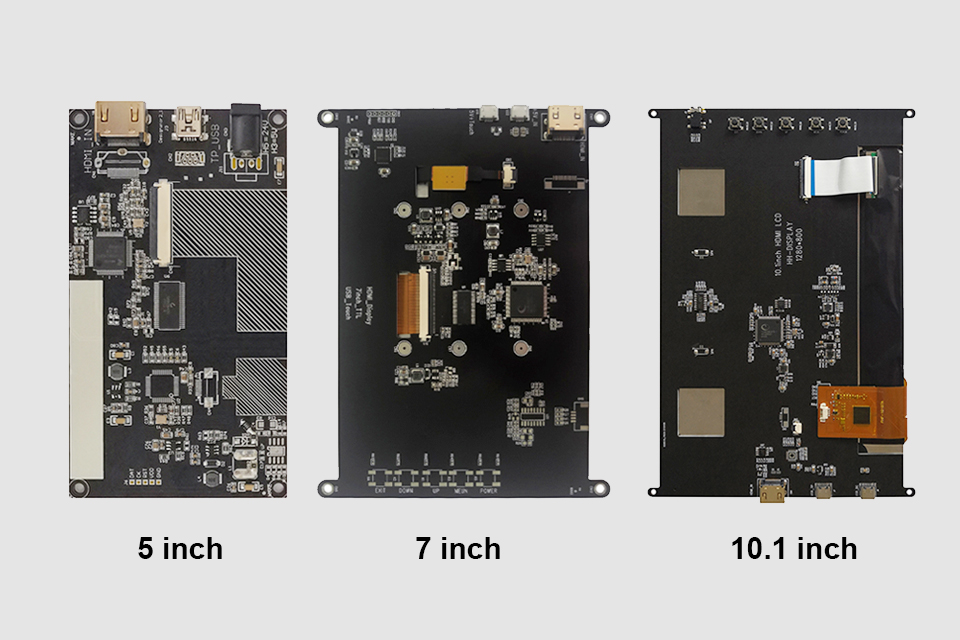
De Raspberry Pi, a versatile single-board computer, offers a world of possibilities for DIY projects. Connecting it to an HDMI LCD visa expands these possibilities even further.
Firstly, an HDMI LCD allows you to build embedded systems. Imagine creating a custom control panel for a smart home, a portable retro gaming console, or a dedicated visa for sensor data. The compact size and low power consumption of the Raspberry Pi, combined with an LCD skärm, make this feasible. Secondly, using an HDMI LCD can be more cost-effective than purchasing a pre-built övervaka. You can often find kit that include the LCD panel och förarbräda at a reasonable price, especially if you’re comfortable with a little assembly.
The three essential components for this project are the LCD panel, den förarbräda, och HDMI kabel. De LCD panel is the actual skärm itself. It requires a förarbräda to translate the HDMI signal från Raspberry Pi into a format the LCD panel can understand.
De förarbräda is a crucial piece of tech. It takes the digital HDMI input and converts it to the analog signals needed to control the pixels on the LCD skärm. It also handles tasks like adjusting brightness, contrast, and color. Finally, the HDMI cable connects de Raspberry Pi till förarbräda, transmitting the videosignal. Ensure you choose a compatible HDMI kabel for optimal signal transmission.
The size of the LCD skärm depends entirely on your project requirements. A 7 inch LCD skärm är ett populärt val för Raspberry Pi projects due to its balance of portability and visibility. It’s large enough to display text and graphics clearly, yet small enough to be easily integrated into custom enclosures.
However, you can find LCD skärmar in various sizes, from smaller 3.5-inch visas to larger 10-inch or even larger paneler. Consider the intended application. For a handheld gaming console, a smaller skärm might be preferable. For a desktop skärm alternative, a larger visa would be more suitable. Also, think about the resolution. Higher resolution skärmar provide sharper images, but they also require more processing power from the Raspberry Pi.
Here’s a table summarizing common LCD screen sizes and their typical applications:
| Skärmstorlek | Typiska applikationer | Fördelar | Nackdelar |
|---|---|---|---|
| 3.5 inch | Small embedded systems, portable displays | Very compact, low power consumption | Small screen real estate, limited resolution |
| 7 inch | Portable gaming consoles, DIY tablets, control panels | Good balance of size and portability, reasonable cost | May be too small for some desktop applications |
| 10 inch | Desktop monitor alternatives, larger embedded systems | Larger screen real estate, better for viewing video | Less portable, higher power consumption |
Att välja rätt förarbräda is vital for a successful project. While VGA visas were common, HDMI is the preferred input method for modern Raspberry Pi projects. HDMI provides a higher-quality digital video signal jämfört med VGA’s analog signal. This results in a sharper, clearer bild.
When choosing a förarbräda, check for compatibility with your LCD panel and your Raspberry Pi. De förarbräda must stöd the resolution and interface of your LCD panel. Mest LCD kit come with a förarbräda specifically designed for the included panel. Also, ensure the förarbräda has the necessary input ports, such as HDMI, and that it’s compatible with the Raspberry Pi's HDMI output.

When you receive your new HDMI LCD kit, the excitement is palpable. The unboxing process is crucial to ensure that you have all the necessary components and that everything works properly. Typically, an HDMI LCD kit will contain the following:
Before proceeding, check each item carefully for any physical damage. Inspect the LCD skärm for scratches or cracks. Ensure all kablar are present and in good condition. A quick visual inspection can prevent headaches later.
Now comes the exciting part: connecting de LCD förarbräda till din Raspberry Pi. Here’s a step-by-step guide:
After 1 step, your Raspberry Pi should automatically detect the HDMI visa and output video till LCD skärm.
Providing adequate driva is crucial for the stability of your HDMI LCD setup. The LCD panel och den förarbräda both require driva, and their driva requirements can vary depending on the size and type of visa.
De förarbräda typically requires a separate driva supply, often a DC adapter with a specific voltage (e.g., 12V) and amperage (e.g., 2A). Check de specifikationer av din förarbräda to determine the correct driva requirements. Using an incorrect driva supply can damage the förarbräda eller LCD panel.
De Raspberry Pi itself also needs driva. While it can sometimes driva smaller visas through its GPIO pins, it’s generally recommended to använda a separate driva utbudet för LCD to avoid straining the Raspberry Pi's driva circuitry.
Sometimes, things don’t go as planned. Here are some common issues and how to fix them:
/boot/config.txt). Detalj instructions on how to do this can be found online.Once you have a working HDMI LCD setup, you can explore additional enhancements. Adding röra functionality is a popular option, turning your visa into a full-fledged pekskärm.
Touch skärm functionality typically requires a separate röra styrkort att connects till LCD panel och den Raspberry Pi. Dessa brädor often use USB for communication. After physically connecting de röra styrkort, you’ll need to install the appropriate drivers on your Raspberry Pi. There are number of ready to använda driver available.

Att hitta rätt HDMI LCD utrustning eller förarbräda can be overwhelming with so many options available. Here’s a guide to help you navigate the purchasing process:
Connecting an HDMI LCD till a Raspberry Pi opens up a world of creative possibilities. By understanding the components involved, following the connection steps carefully, and troubleshooting common issues, you can transform your Raspberry Pi into a versatile HDMI monitor.
10 Important Things to Remember:
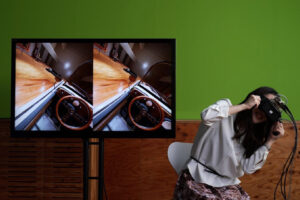
Den här artikeln fördjupar sig i den snabbt utvecklande världen av OLED-mikroskärmar, en banbrytande bildskärmsteknik som förändrar hur vi interagerar med digital information.
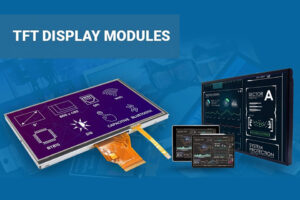
Den här artikeln dyker in i världen av Thin-Film Transistor (TFT) LCD-displaymoduler och utforskar deras teknik, fördelar och olika tillämpningar.

Världen av virtuell verklighet (VR) och förstärkt verklighet (AR) utvecklas snabbt, och i hjärtat av denna transformation ligger en kritisk komponent: displayen.
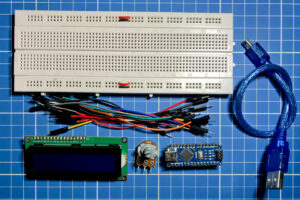
LCD-skärmar (Liquid Crystal Displays) finns överallt i modern teknik, från våra smartphones till våra tv-apparater.

Confused about the alphabet soup of display technologies? This article breaks down the differences between TFT, AMOLED, and IPS displays.

This article explores how to connect an LCD screen to a Raspberry Pi using an HDMI driver board, essentially turning your single-board computer into a miniature HDMI monitor.
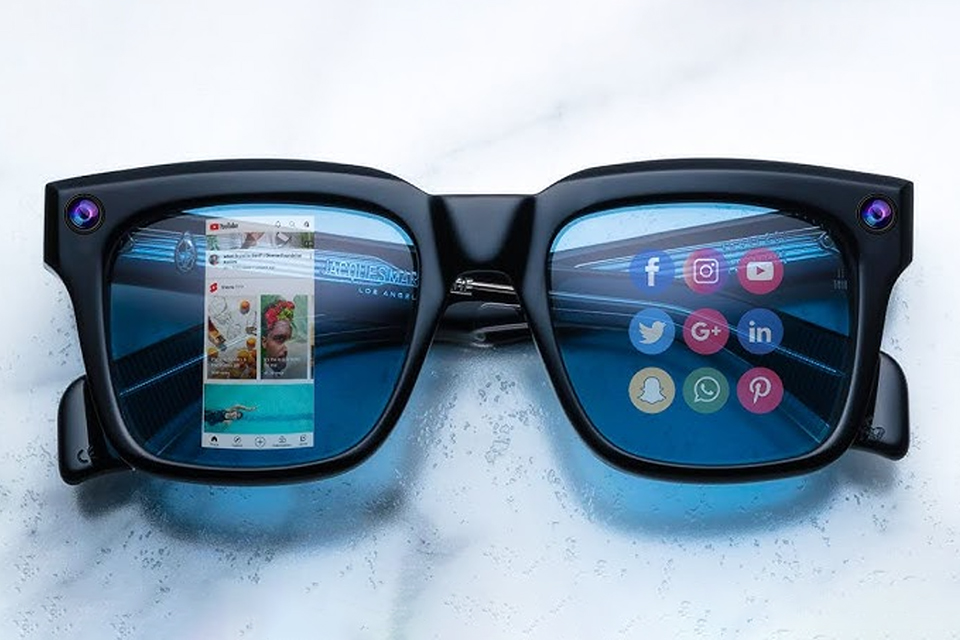
This article dives into the exciting world of augmented reality (ar) lenses, specifically focusing on the development and potential of an interchangeable lens system for ar glasses.

This article dives deep into the lifespan and durability of OLED (Organic Light Emitting Diode) displays compared to LCD (Liquid Crystal Display) screens.

@ 2025 display-modul. Alla rättigheter reserverade.
Fyll i formuläret nedan så hör vi av oss inom kort.